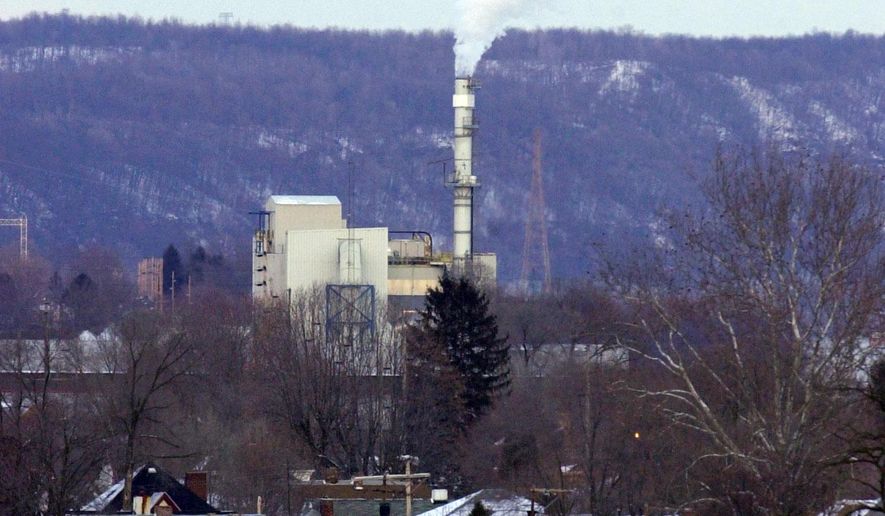The Department of Homeland Security can’t verify threat level reports from thousands of chemical plants across the country, weakening the department’s ability to respond to a chemical attack or emergency, according to a new report.
Investigators from Congress’ Government Accountability Office found that the office responsible for keeping track of roughly 37,000 chemical facilities has not been verifying reports on each facility’s risk level and toxic release threat.
Investigators estimated more than 6,400 facilities hold chemicals that could post a threat to the surrounding area in the event of a toxic release.
The Office of Infrastructure Protection’s Infrastructure Security Compliance Division (ISCD) requires these facilities to report the “distance of concern,” which represents the radius of an area in which exposure to a toxic chemical cloud from a release could cause serious injury or fatalities from short-term exposure.
But investigators found of the 6,400 facilities categorized as high-risk, over 2,700 (44 percent) had misreported their distance of concern and at least 1,200 of the 2,700 facilities underreported their distance of concern.
“Individuals intent on using or gaining access to hazardous chemicals to carry out a terrorist attack continue to pose a threat to the security of chemical facilities and surrounding populations,” investigators wrote in the report. “However, DHS has not taken steps to mitigate errors in some facility-reported data and does not have reasonable assurance that it has identified all of the nation’s highest-risk chemical facilities. “
In one instance, a chemical facility holding more than 200,000 pound of anhydrous ammonia reported a distance of concern of 0.9 miles. But investigators believe the actual distance is closer to 2.4 miles at the least.
Meanwhile, the ISCD faces a huge backlog of security plans that need to be approved for hundreds of chemical sites.
“As of April 2015, GAO estimates that it could take between 9 and 12 months for ISCD to review and approve security plans for approximately 900 remaining facilities.”
Investigators noted that this number is a “substantial improvement” over earlier estimates of seven to nine years.
• Kellan Howell can be reached at khowell@washingtontimes.com.




Please read our comment policy before commenting.